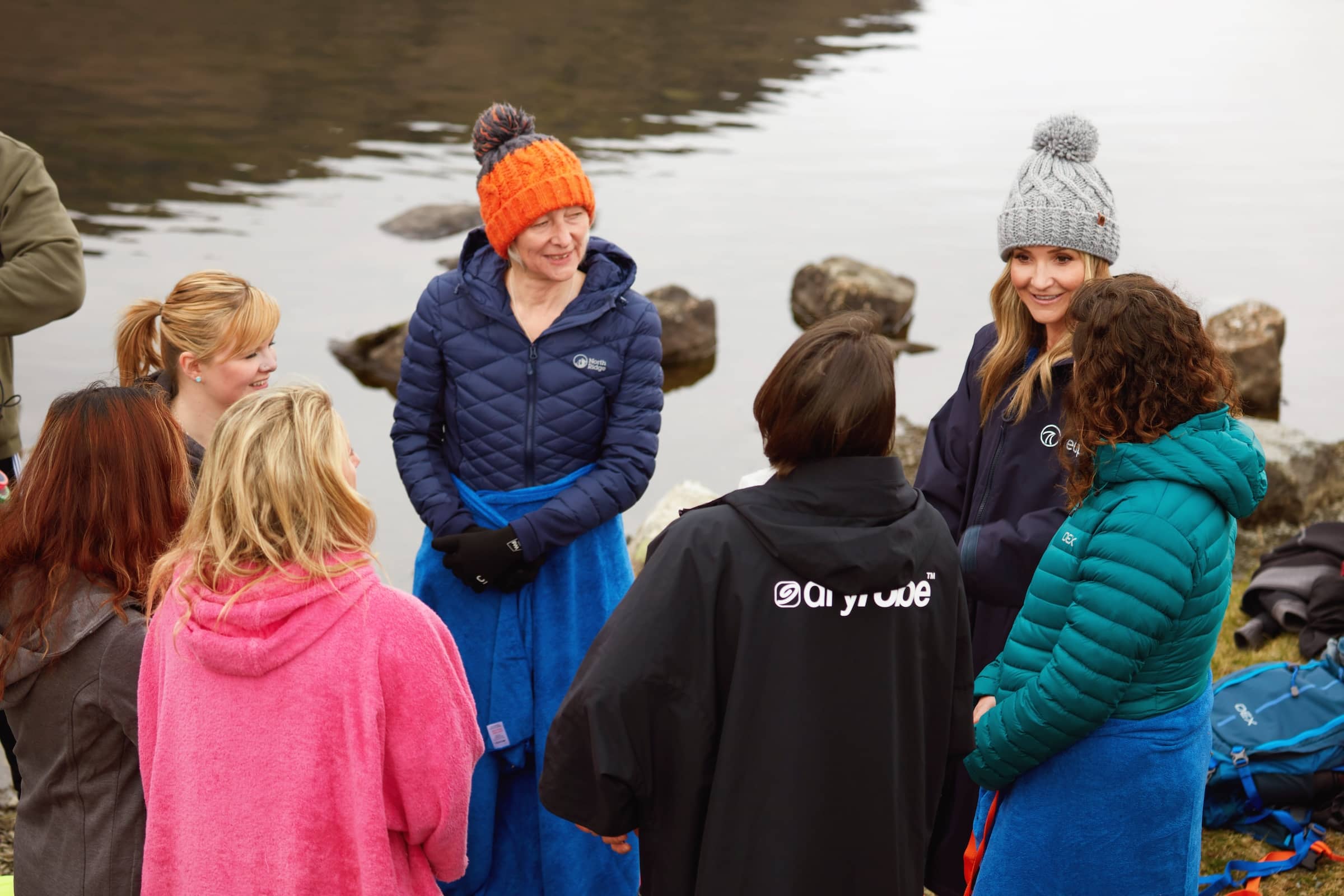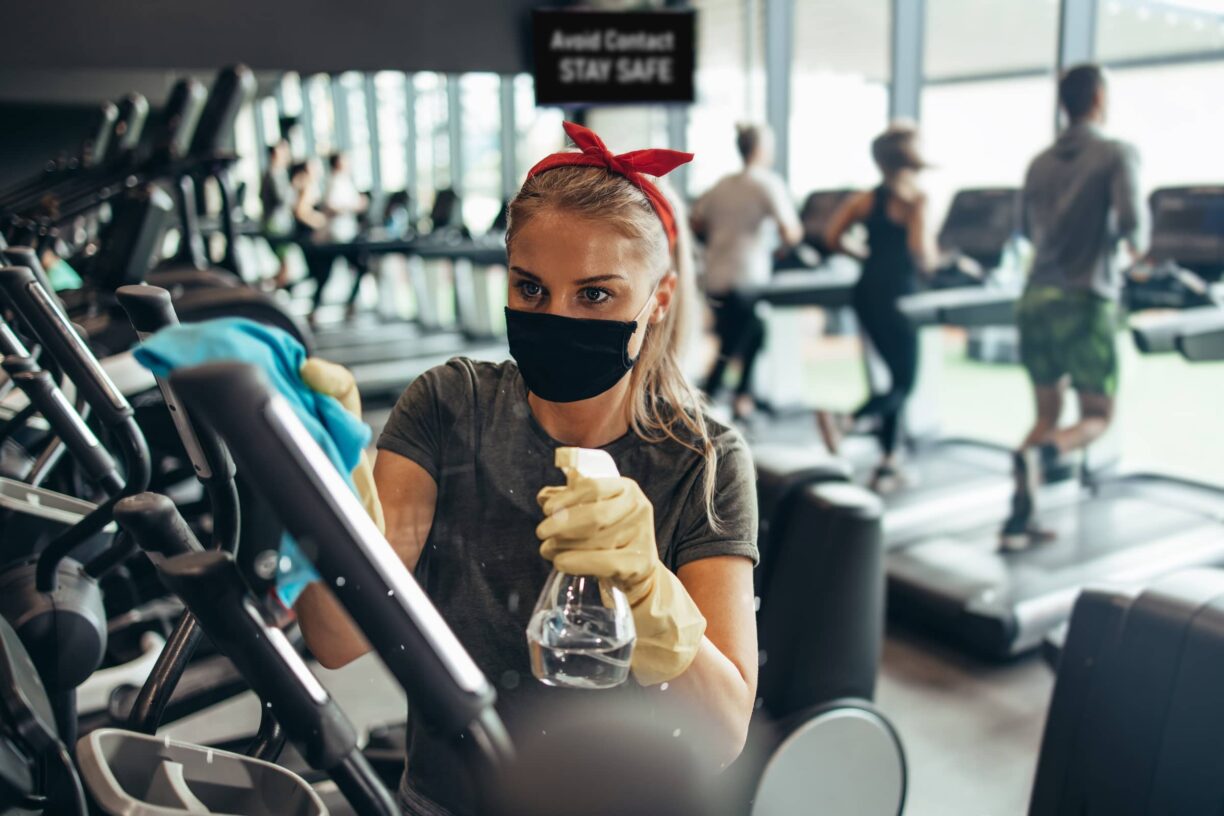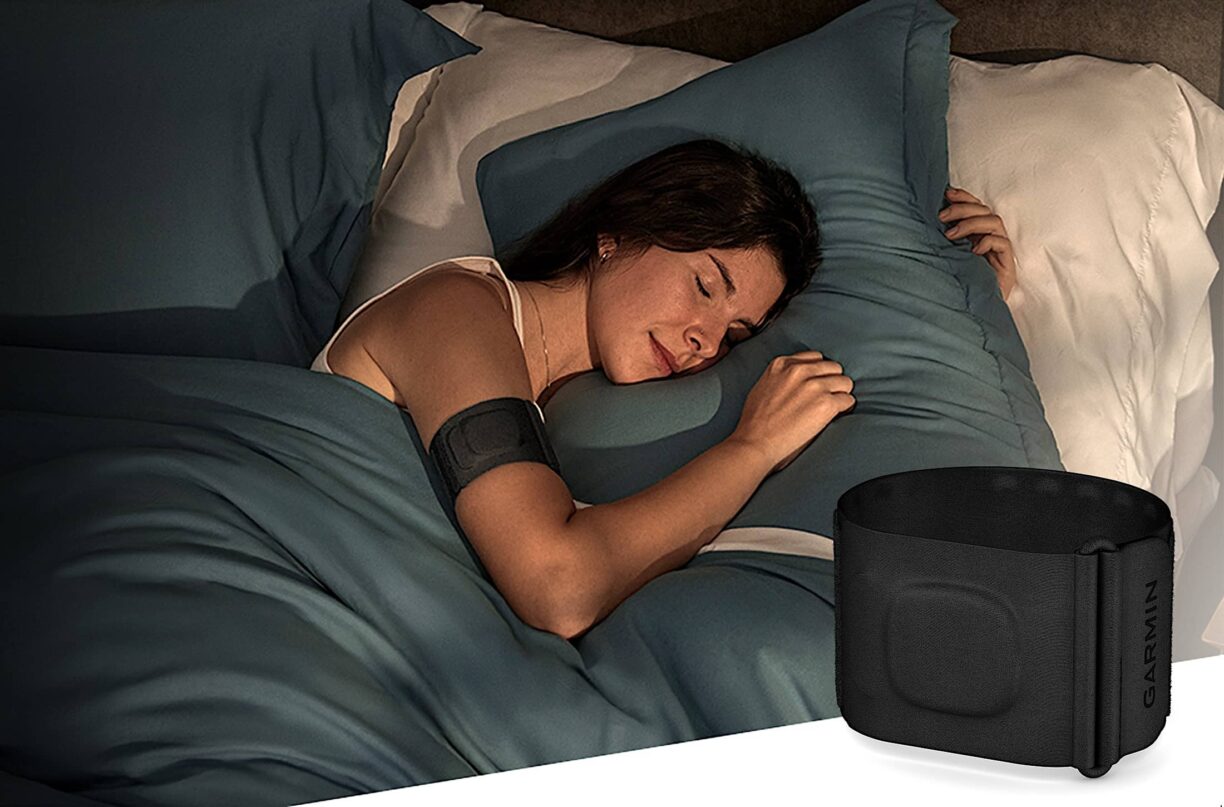Cold water swimming benefits may come as a refreshing surprise, especially now that Google Trends shows a remarkable 700% surge in interest.
In the last few years, more and more outdoor enthusiasts have been taking the plunge—quite literally—to discover the thrill of immersing themselves in cold waters and the sense of adventure that comes with it.
According to experts at Blacks, the draw of cold water swimming isn’t just about feeling revitalised; it also carries some compelling physical and mental rewards.
From lifting your mood to challenging your limits, this exhilarating activity connects you deeply with nature while offering you a chance to recharge in the purest way.
Alongside their research, Blacks have rounded up top tips to help anyone keen on testing the waters—no matter the temperature.
Vicky McCreadie, a cold-water swimming coach at Wonderful Wild Women, explains it beautifully:
“Cold-water swimming has long been suspected of multiple health benefits and now the science and studies are there to back this up.
Cold water stimulates a natural response from your body, releasing chemicals like dopamine, serotonin, and cortisol.”
I couldn’t agree more with Vicky. When I visited the remarkable cold water swimming group Wonderful Wild Women, I saw firsthand just how powerful a blast of fresh, cool water can be for the soul.
Nature and adventure truly are great levellers. Time spent outdoors—especially with a supportive community—feeds your mental wellbeing in ways you’ve got to experience to believe.
And yes, science confirms it time and again, but the grin on everyone’s face after a dip is proof enough for me!
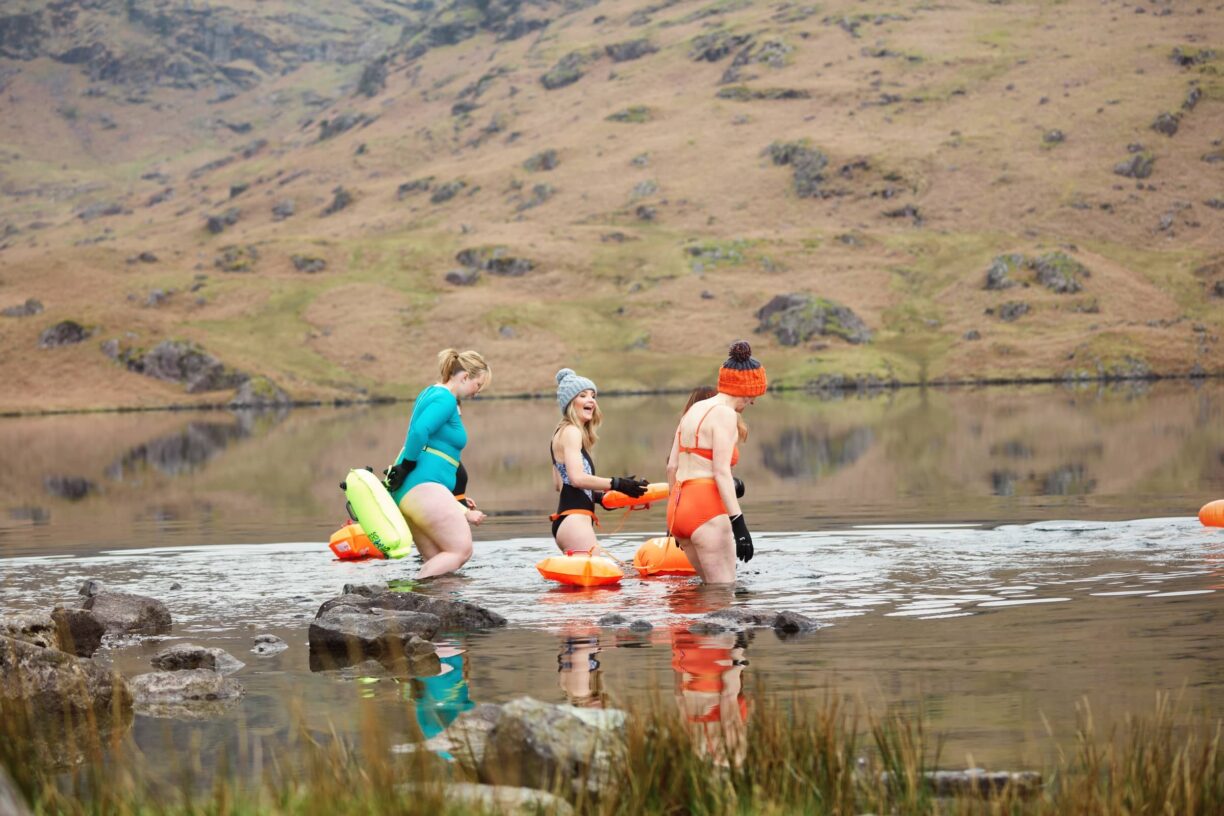
Ethan Ball, an outdoor enthusiast at Blacks, adds: “If you’re considering cold water swimming, there are a few important factors to remember to ensure you stay safe and get the most from your wild swim.
One main consideration is that when entering cold water below 15°C, and you’re not used to it, your body may react with an involuntary gasp.
This can be followed by hyperventilation, which isn’t conscious. If you jump or dive into turbulent water, you could inhale water, increasing the risk of drowning. That’s why we’ve put together our top tips to help people swim safely.”
Here are Blacks’ essential safety tips:
1. Acclimatise gradually
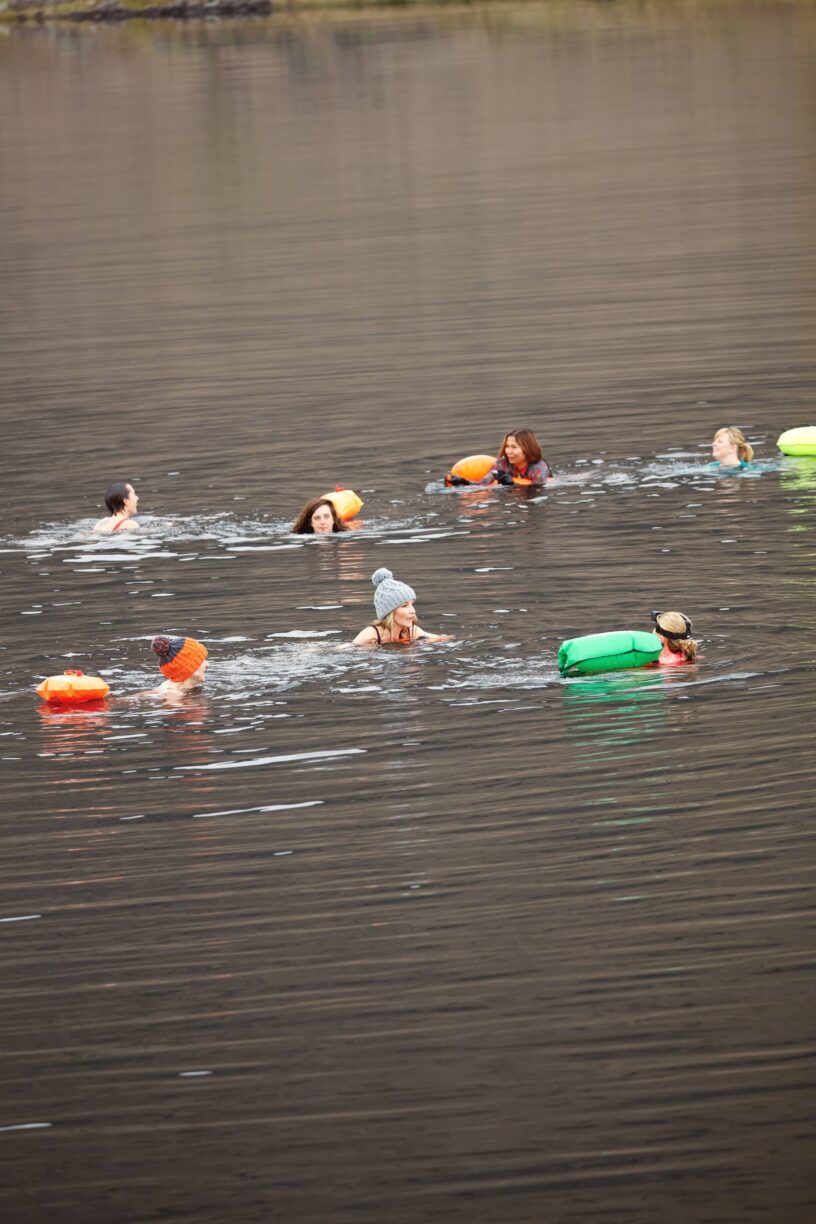
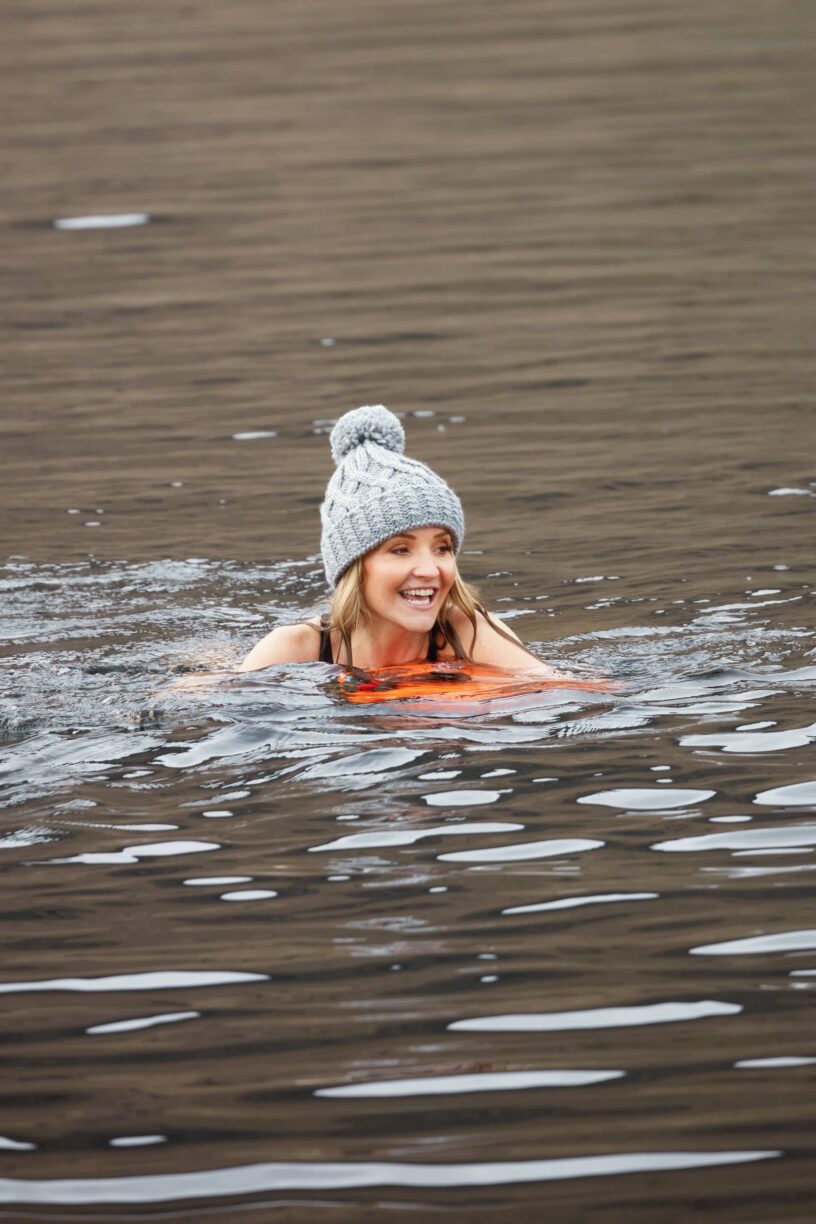
Dip your toes in smaller, chillier swims before tackling colder waters or staying in for extended periods. Let your body adjust to the shock of low temperatures.
2. Swim with a friend
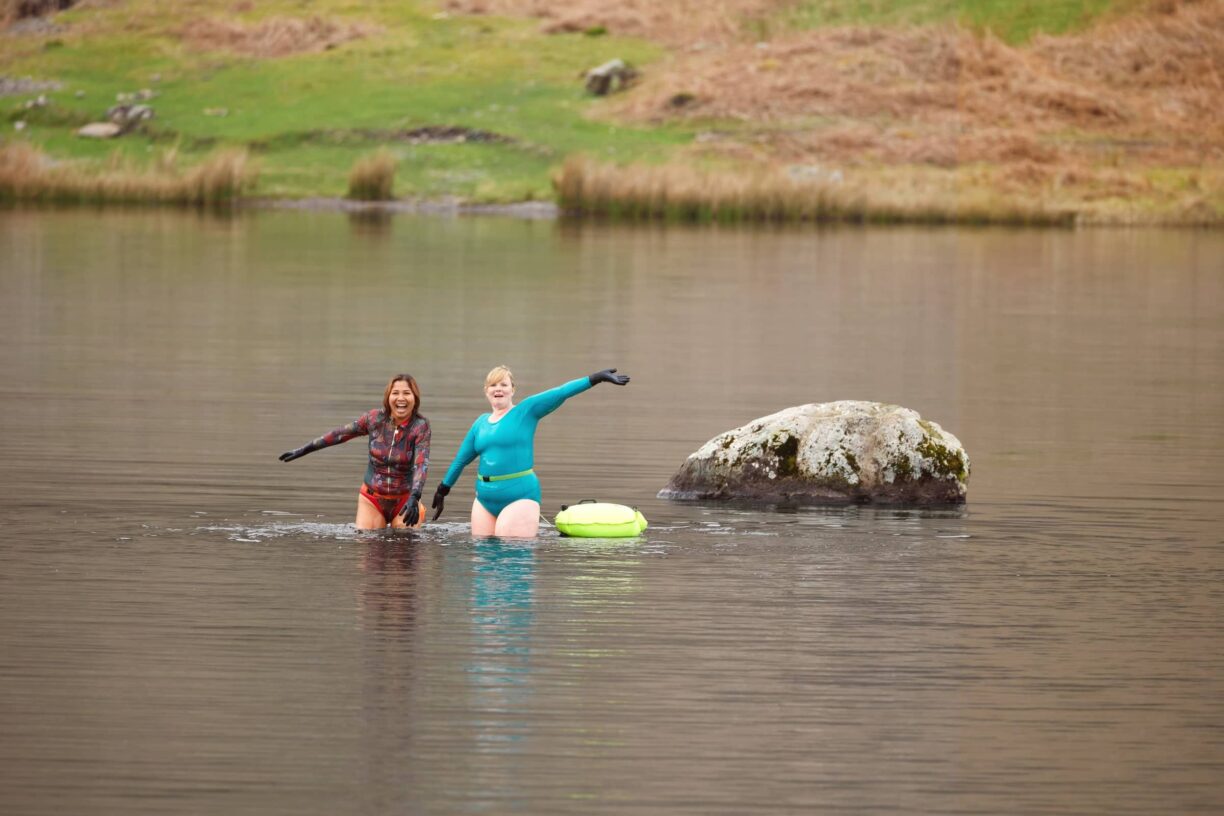
A swimming buddy is priceless when it comes to safety. If anything unexpected occurs, having someone there to help can be a lifesaver.
3. Know your limits
It might sound obvious, but knowing your own swimming capability and comfort level is crucial. Cold water can be more taxing than you think, so don’t overdo it.
4. Dress appropriately
Invest in proper cold water swimming gear, such as a wetsuit, plus neoprene gloves, booties, and a snug swimming cap. It’s amazing how much difference good kit makes in preventing hypothermia.
5. Use a tow float
A tow float helps keep you visible and buoyant, which is vital in choppy conditions. You’ll find it reassuring, especially if you’re new to open-water swimming.
6. Be careful entering and exiting
Slippery rocks, strong currents, and hidden obstacles can be a hazard. Use designated entry points and watch where you step.
7. Monitor water temperatures
Extremely cold water can be unsafe. Always check local conditions, and if the temperature is dangerously low, give it a miss.
8. Listen to your body
If you feel numb, overly fatigued, or your limbs cramp up, it’s time to hop out and warm up immediately.
9. Warm up afterwards
Wrap up in dry clothes or a snug blanket and sip something warm. This helps raise your core temperature and fends off that dreaded after-drop—the feeling of becoming colder after exiting the water.
10. Know the signs of hypothermia
Look out for continuous shivering, confusion, clumsiness, or very pale skin. If you spot these symptoms, seek medical help straight away.
If you’re ready to dive in and see what all the fuss is about, don’t forget that cold water swimming benefits range from boosting your mood to nurturing your physical health.
Give yourself time to adjust, stay safe with the right gear, and team up with others whenever possible.
For more information, visit Blacks’ blog, and discover how embracing these chilly waters could give your body—and your spirit—just the lift they need.

